Fossil fuel stoked global heating has laid waste to the Aussie’s second favorite tree, the wonderful snow gums of the Alps.
Sprawling forest graveyards are strewn across Oz. From the lonely giants of the temperate southwest to the skeletons mangroves of the tropical northeast and along the bare high plains of New South Wales to the boiled ones of northeast Tasmania – it’s bloody grim.

Image credit: Greening Australia
I’ve walked in these eerie, lonesome tree cemeteries and lamented their loss to the nation. How many more millions of acres must we lose of these complex, climate-making, biodiverse hotspots replete with water-rich bastions before governments stop the annual $5.3 trillion in subsidies to the wealthiest and biggest polluters, the fossil fuel industry?

Image credit: #Strike4Climate
The harsh reality is that we do not have until 2050, or even 2035, to burn more climate-destroying fossil fuels before our only home is uninhabitable.
All life on the Australian continent is in dire jeopardy. In 2020, the State of the Climate report noted that Australia’s average global heating had reached an astounding 1.44C (2.6F) above the Industrial Revolution. Heavens to Murgatroyd.
Fossil fuel heat is supercharging the oceans. The oceans drive Earth’s climate. Fossil fuels are infusing the equivalent energy to dropping 10 Hiroshima atomic bombs every second of the year. Consequently, three marine heatwaves within five years have irreversibly destroyed half the corals along the Great Barrier Reef, the largest collection of reefs in the world. No reefs. No marine life.

Image credit: Dean Lewis
The snow gum forests are very dear to my heart. About three decades ago, I cut my teeth in ecological stress physiology within these hallowed subalpine sanctuaries.

Image credit: NBC
Of the 900 or so eucalypts, there are only a handful of species that can make a living with snow on the ground. Snow gums (six subspecies) are the sentinels of the Australian Alps. They rule the high country, which comprises a wee sliver of less than one percent of the continent.

Image credit: Catherine Spring
These breathtaking forests attract and hold snow. In the springtime, they act like colossal sponges slowly releasing the meltwater. That melt replenishes the Murray-Darling basin with more than a quarter of its freshwater, which feeds and clothes about 20 million people, or, 78 percent of all Aussies.
The harsh reality is that we do not have until 2050, or even 2035, to burn more climate-destroying fossil fuels before our only home is uninhabitable.
Heatwaves, droughts and repeated climate fires have decimated my old stomping grounds. Snow gums, like whales, dolphins, sharks, and many of our other brethren and sistren, the animals, are being added to the ever-growing list of climate victims.

Image credit: Tom Fairman
The remaining silver striped Aussie mountaineers are weak. Longicorn beetles can see, smell and hear higher plant surface temperatures, leaf yellowing, increased infrared reflectance, biochemical changes and stress induced cavitation when cells desiccate (snap, crackle and pop). (See The Insatiable Bark Beetles for more fascinating details).
Female beetles attack the debilitated snow gums, bore through the bark and then chemically call-in the males to mate. Eggs are laid and when the larvae awaken, they eat the carbohydrates on the inside of the bark, which girdles the tree. Intriguingly, the infested snow gums chemically signal to the surrounding trees of impending death and acceptance of the forthcoming onslaught.

Image credit: Melissa Clark
Hundreds of thousands (perhaps even numbering into the millions) of ghostly silhouettes now dot the Australian Alps. No trees. No water. No food. No life.
So in 2020, why did Prime Minister Scott Morrison’s Liberal government hand the Boston Consulting Group $9 million? Apparently, gas modeling, business delivery and infrastructure requirements for the liquefied natural gas (LNG) industry, that employs 0.2 percent of the Australian workforce, far outweighs saving what’s left of the natural world.
Morrison has a plan. It includes an annual $29 billion subsidy for coal, oil, gas, fracking, offshore seismic surveys, drilling and extraction. Planetary despoilment.

Image credit: Office of the Governor of the State of Louisiana
By 2030, if all the proposed fossil fuel developments went ahead, including Adani’s Carmichael mine, other proposed coal developments along the Galilee Basin and LNG projects in Western Australia, Australia could contribute a whopping 17 percent of the world’s carbon pollution.
Allow me to remind you that Australia is the world’s third largest exporter of fossil fuels. In 2018, export earnings from coal and gas topped $117 billion. Paris wot?
Instead of protecting the remaining water-opulent native forests, coral reefs and all life therein, the federal Liberals intend upon extracting every last drop and chunk of fossil fuels, thereby rendering the land Down Under as one massive climate victim.
Not on my watch!

Image credit: Reese Halter
#ZeroCombustionEconomy2030
#EndFossilFuelSubsidiesNOW
#LoveIsTheSolution
#LoveNature
#GoVegan
#RefusePalmOil
#WalkMore
#Smile
#Compassion
#GenZEmergency
•••••••••••••••••••••••••••••••••••••••••••••

Dr Reese Halter is an award-winning broadcaster, distinguished conservation biologist and author.
Dr Reese Halter’s latest book is now available!
GenZ Emergency
Tweet @RelentlessReese
•••••••••••••••••••••••••••••••••••••••••••••


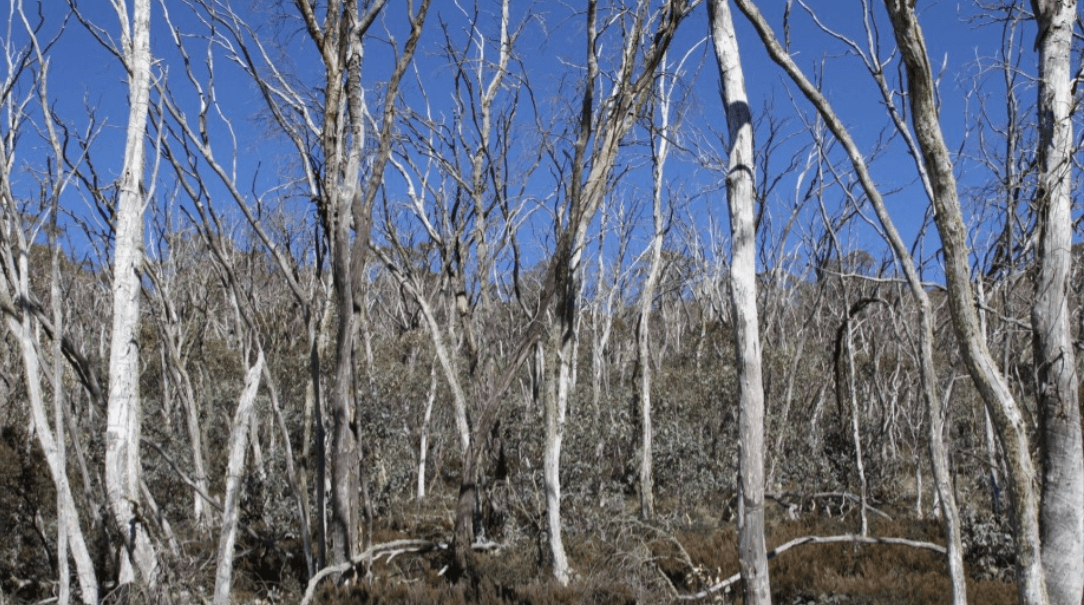

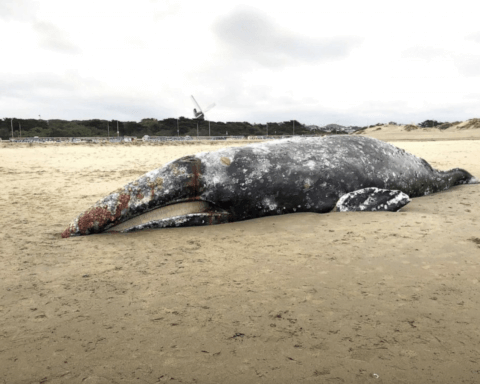
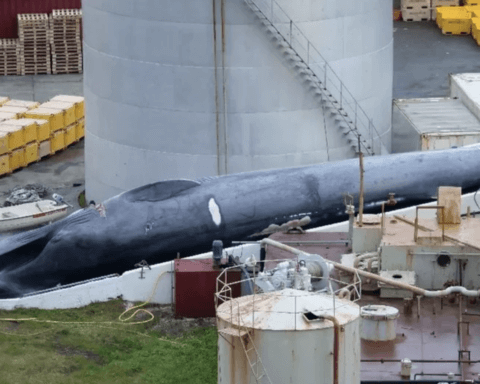
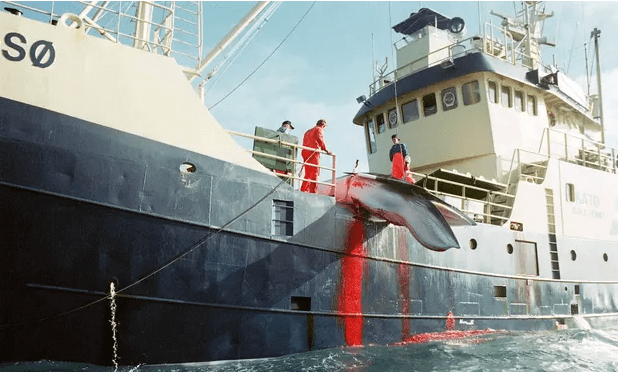
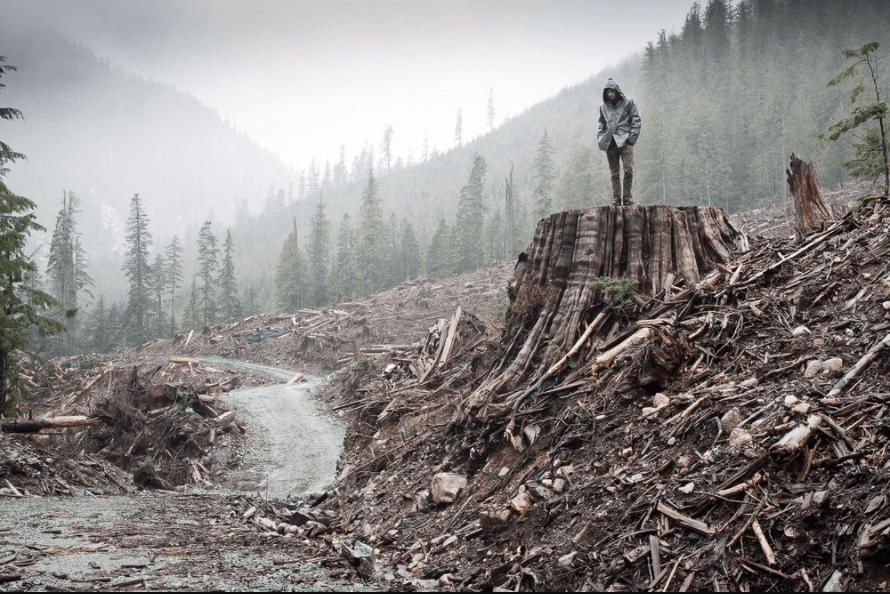





[…] decarbonization efforts are still far too slow, wildfires now ravage entir […] N/A Fossil Fuels Ruined Iconic Aussie Snow Forests https://www.slantedonline.com – March 13 Fossil fuel stoked global heating has laid […]